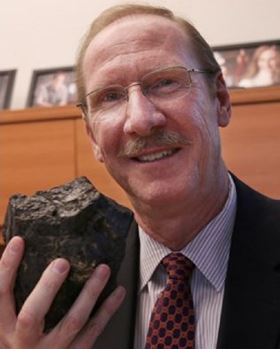University of Utah Could Transform Coal Into Carbon Fiber

November 12, 2018 - Engineers from the University of Utah are launching a US$1.6 million project to research how to turn coal-derived pitch into carbon-fiber composite material.
‘There’s an abundance of coal and we would like to find an alternative use for it. It is a huge natural resource in the US, and we have a whole coal-mining community that is desperate for a new direction,’ said University of Utah chemical engineering professor Eric Eddings, who leads the research team. ‘If we can find an economical way to use coal to produce carbon fibers and have enough useful products so there can be a market for it, then they have that new direction. And it’s more carbon-friendly than just burning coal in a power plant.’

University of Utah chemical engineering professor Eric Eddings leads the research team
Typically, when coal is heated it produces hydrocarbon materials that are burned as fuel in the presence of oxygen. But if it is heated in the absence of oxygen the hydrocarbons can be captured, modified and turned into pitch.
The pitch can then be spun into carbon fibers used to produce a composite material that is strong and light. Most carbon-fiber composite material is made from a derivative of petroleum known as polyacrylonitrile, but that process is expensive.
Reducing CO2
While burning coal for power generation produces carbon dioxide (CO2) that is released into the atmosphere, processing coal for carbon fiber produces less CO2, Eddings said.
‘We’re taking the carbon and turning it into carbon fiber, so that’s effectively isolating it from going into the environment,’ he added.
With the new Utah grant, Eddings and his team will analyze the makeup of Utah coal to determine how well it can be used for pitch-based carbon-fiber material. Engineers will research the best ways of producing pitch with as little CO2 as possible.

